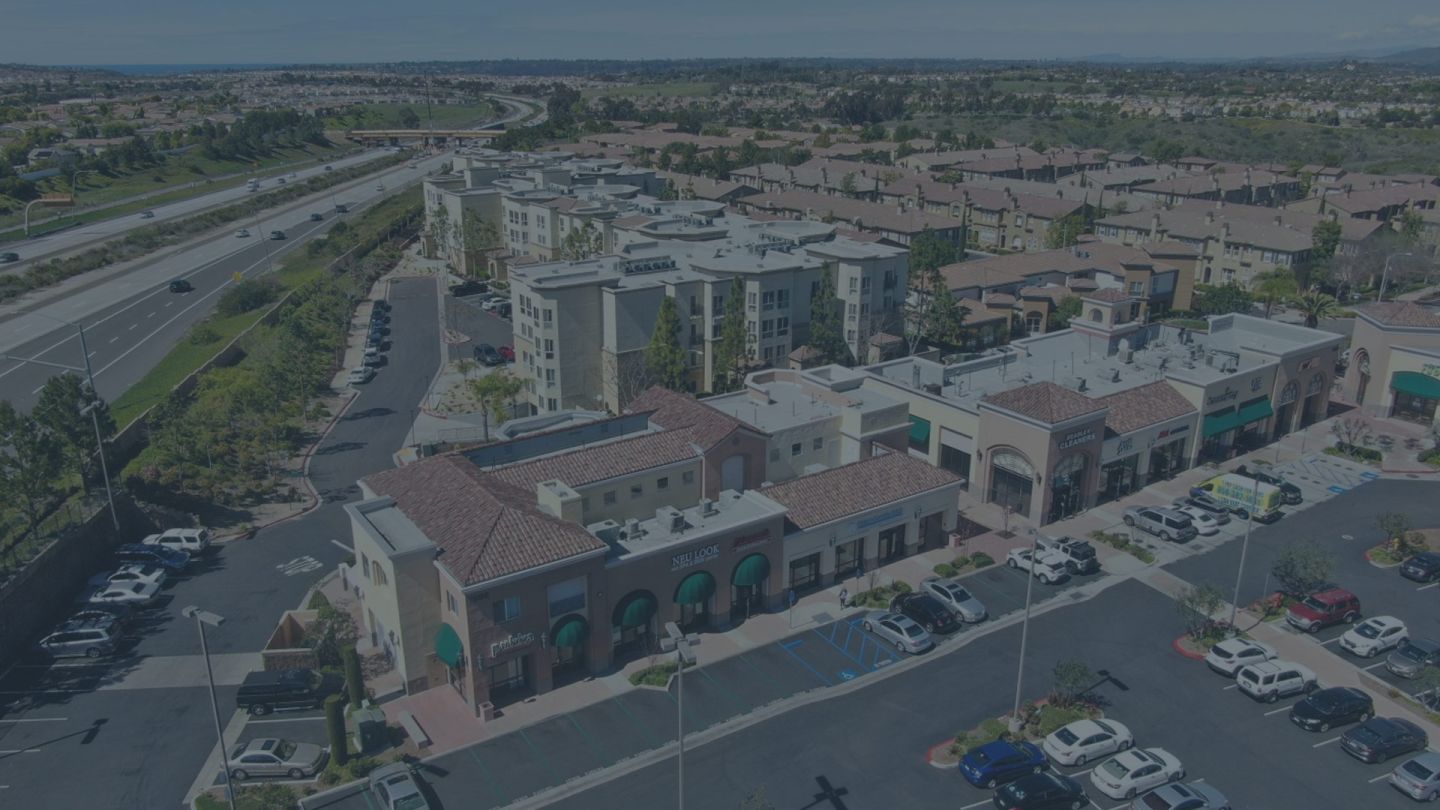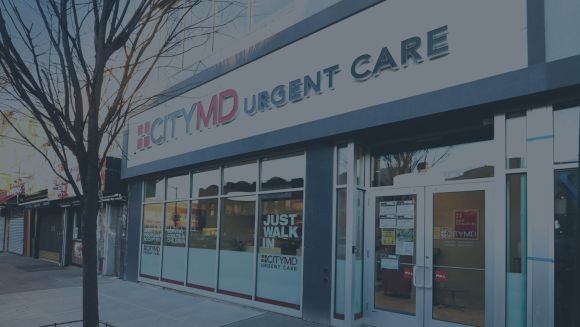As healthcare becomes more consumer-driven and consumer-focused, more providers are choosing retail space over traditional medical office buildings (MOBs) and hospital campuses. They’re joining the “medtail” revolution and finding great success among traditional retailers and restaurants.
Still, plenty of health and wellness providers have some misperceptions about retail space that are preventing them from making a move to a retail environment.
Here are five common myths that discourage organizations from going the medtail route.
Myth #1: Retail settings work only for urgent care providers, dental clinics, and vision centers
Urgent care providers, dental clinics, and vision centers aren’t the only health and wellness providers that are finding success (and patients) in retail environments. They were just the first to realize the benefits – convenience, visibility, and proximity to current and potential patients – and make the move.
As health and wellness becomes more consumer-driven and consumer-focused, greater numbers of providers are seeking out retail space. Tired of relying exclusively on referrals, specialty health providers in orthopedics, gynecology, and pediatrics are opting for locations with greater foot traffic and eyeballs (visibility).
Moreover, the medtail sector is expanding beyond traditional medical, dental, and vision uses to include alternative medicine such as therapeutic massage, chiropractic medicine, and acupuncture. And many cryotherapy businesses and physical therapy clinics prefer retail locations.
Myth #2: Retail space is too expensive
While it’s true that most retail space is more expensive than a traditional MOB, many health and wellness tenants are more than willing to pay a premium to be in a retail environment.
Before deciding whether retail space fits your budget, it’s important to ask yourself several very important questions:
How expensive is too expensive? Is the location worth the increased cost? Can you afford to not be in a retail setting?
Too many health and wellness providers focus only on occupancy costs and don’t consider value. Instead of viewing increased rent as a tradeoff for more visibility, improved access, and the opportunity to acquire new patients, they become myopic and focus exclusively on expense.
Given how hard-won each patient is, providers can’t afford to let their competitors gain ground, and retail space, with its increased foot traffic and visibility, can offer real advantages to providers and operators who are looking to expand and acquire more patients. When you’re hidden behind a hospital with no signage or no visibility, you miss a lot of opportunities to attract new consumers.
Myth #3: Retail centers offer no synergies with other tenants
Historically, health-related tenants tended to gravitate toward MOBs, wanting to be concentrated in areas and buildings with tenants that serve the same industry and same customers. MOBs often act as a one-stop shop for healthcare needs by offering specialists within the same building, on-site lab work, and occasionally even a pharmacy.
MOBs also offer synergies when it comes to referrals, with many healthcare providers recommending other providers within the same building to make it more convenient for their patients. It’s worth noting, however, that referrals are relationship-driven rather than location-driven, and they’re less important today than they were even 12 months ago as consumers increasingly make their own choices by conducting their own research on online review sites.
It’s wrong to assume that health and wellness providers can only achieve tenant synergies with other health and wellness tenants. Medtail advocates see many complementary uses in a retail environment.
For example, a pediatrician located in an open-air shopping center can benefit from the foot traffic and cross shopping provided by a children’s apparel retailer. Likewise, the same consumers who work out at the boutique fitness studio are also the same people who would seek out an orthopedic specialist.
Myth #4: Medtail only works in large cities and urban environments
Many locations are appropriate for medtail, not just large cities and urban environments. People living in smaller cities and rural areas need health and wellness services just as much as those who live in major metro areas. And though medical services have historically been concentrated in massive hospital campuses, more and more health systems have realized the importance of being close to the people they serve.
In fact, one of the main reasons health and wellness providers seek out retail space is so they can be in the communities they serve and be more convenient for their customers.
This hub-and-spoke model is a well-known strategy that many health systems employ to grow their businesses and acquire more patients. In addition to major medical campuses in more metro or urban locations, many systems open clinics in suburban locations.
It’s common to see medtail uses in suburban malls, mixed-use developments, and outdoor centers including those anchored by grocery stores and big boxes retailers. And in rural areas, health and wellness providers regularly lease vacant retail space, particularly abandoned storefronts near restaurants and other local retailers.
Myth #5: Retail centers don’t have enough parking for medical tenants
For health and wellness providers, parking (or lack thereof) is one of the most important considerations when it comes to choosing a location. If parking conditions are not ample, convenient, safe, and attractive, staff won’t be happy, and consumers may go elsewhere. Patient access is essential, so hassle-free parking is a must.
In a traditional MOB setting, particularly if that MOB is situated on a hospital campus, parking likely is located in an adjacent structure. While these parking structures may provide ample space for staff and patients alike, they can be incredibly inconvenient and require a lot of walking, as well as stairs and/or elevators. Additionally, many people are uncomfortable in parking structures, given that they often feel isolated and dark.
When it comes to medtail, the available parking depends on the type of retail space. Regional malls, for example, offer more parking that any health or wellness provider could ever need.
On the other hand, storefront spaces in busy shopping areas likely don’t offer any nearby parking unless it’s street parking. Patients would otherwise need to seek out surface parking lots or parking structures.
The parking situation at neighborhood centers and other types of outdoor centers is more akin to a regional mall than a mixed-use building or storefront space. However, an abundance of parking doesn’t necessarily translate into convenience.
Many retail owners are willing to create reserved spots for medtail tenants, particularly those that cater to patients with mobility issues. This avoids the need to compete for parking in a surface lot shared by other retailers, such as a restaurant or bar that might require a disproportionate amount of parking during peak hours.


